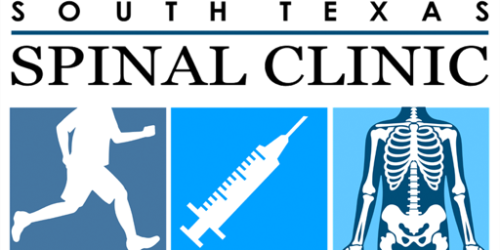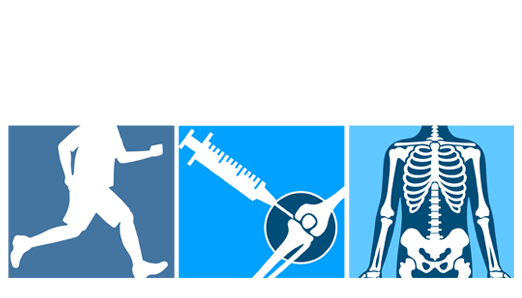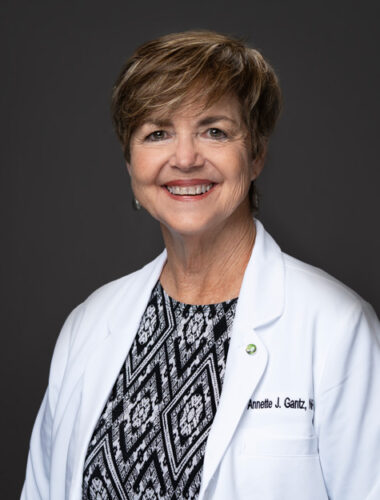

Orthopedic Surgeons and Physical Therapists Located in San Antonio and South Texas
Osteoporosis Q & A
 Osteoporosis can go unnoticed until weakened bones lead to fractures, making it crucial to address. The experienced orthopedic surgeons at South Texas Spinal Clinic specialize in diagnosing and treating osteoporosis. They are dedicated to educating patients on osteoporosis prevention and fracture management. For inquiries or to schedule a consultation, please contact their office in the San Antonio or South Texas area, or use the online appointment booking tool.
Osteoporosis can go unnoticed until weakened bones lead to fractures, making it crucial to address. The experienced orthopedic surgeons at South Texas Spinal Clinic specialize in diagnosing and treating osteoporosis. They are dedicated to educating patients on osteoporosis prevention and fracture management. For inquiries or to schedule a consultation, please contact their office in the San Antonio or South Texas area, or use the online appointment booking tool.
Osteoporosis Q & A
James W. Simmons III, DO, and Annette Gantz, NP-C are both certified Fracture Liaison Specialists.
The South Texas Fracture Prevention Clinic has earned recognition on the International Osteoporosis Foundation’s “Map of Best Practice,” being the sole practice in Texas to receive this distinction.
Dr. Simmons and Annette are certified Ambassadors for the National Osteoporosis Foundation, actively contributing to osteoporosis awareness and support.
Causes of Osteoporosis: Maintaining bone strength involves a constant cycle of discarding old bone and replacing it with new bone. However, as you age, this balance is disrupted, leading to more bone loss than replenishment. Osteo-porosis, characterized by weak and brittle bones, emerges.
Bones reach their peak mass in the late 20s, and adults typically start losing bone density around the age of 40, with the decline continuing over the years. In women, menopause poses an additional challenge as declining estrogen levels accelerate bone loss.
Impact of Osteoporosis on the Spine: Osteoporosis-related fractures most commonly occur in the spine, where thin and weak vertebrae heighten the risk of fragility fractures. Fragility fractures refer to breaks under forces insufficient to harm healthy bones.
Osteo-porosis increases the likelihood of multiple compression fractures in the spine. These fractures lead to height loss, as each vertebra loses 15%-20% of its height. The spine may also develop Thoracic Kyphosis, commonly known as Dowager’s Hump, as successive compression fractures cause a forward bend.
Treatment Approaches for Oste oporosis: Conservative treatments include medications to slow or prevent bone loss, bone-strengthening exercises, and dietary changes or supplements to replace essential nutrients like calcium and vitamin D.
Surgical intervention provides minimally invasive options with advanced vertebral augmentation procedures:
- Vertebroplasty: Stabilizes spinal fractures by injecting acrylic bone cement into the fractured vertebra.
- Kyphoplasty: Utilizes a balloon tamp inserted into the fractured vertebra to restore normal height. The balloon is inflated, removed, and the cavity filled with bone cement.
Addressing San Antonio osteoporosis involves a comprehensive approach, combining conservative measures and, when needed, surgical interventions to enhance bone health and minimize fracture risks. Looking for Osteoporosis care and surgery? Our osteoporosis specialist surgeon are ready to help you. Call us today
Common Back and Spine Conditions
- Herniated Disc
- Disc Degeneration
- Degenerative Spondylolisthesis
- Spinal Stenosis
- Muscle Injury
- Spinal Injury
- Spinal Stiffness
- Arthritis
- Compression Fracture (Osteoporosis)
Osteoporosis surgery is a specialized medical procedure designed to treat fractures and skeletal deformities caused by osteo-porosis, a condition characterized by weakened and brittle bones. As osteo-porosis progresses, bones become more susceptible to fractures, particularly in the spine, hips, and wrists. In severe cases, surgery may be necessary to stabilize the bones, alleviate pain, and restore mobility.
The most common types of this surgery include vertebroplasty, kyphoplasty, and hip or spine fixation. Vertebroplasty involves injecting a special bone cement into fractured vertebrae to stabilize them and relieve pain. Kyphoplasty is similar but includes an additional step of inflating a small balloon in the vertebra before injecting the cement, which helps restore the vertebra’s original shape. Hip and spine fixation surgeries may involve the use of metal rods, screws, or plates to support and align fractured bones.
This surgery is typically considered when conservative treatments, such as medication and physical therapy, are insufficient. The goal of the surgery is to reduce pain, improve bone stability, and enhance the patient’s quality of life. Post-surgery rehabilitation and continued management of osteo-porosis are essential for long-term success and the prevention of future fractures.




